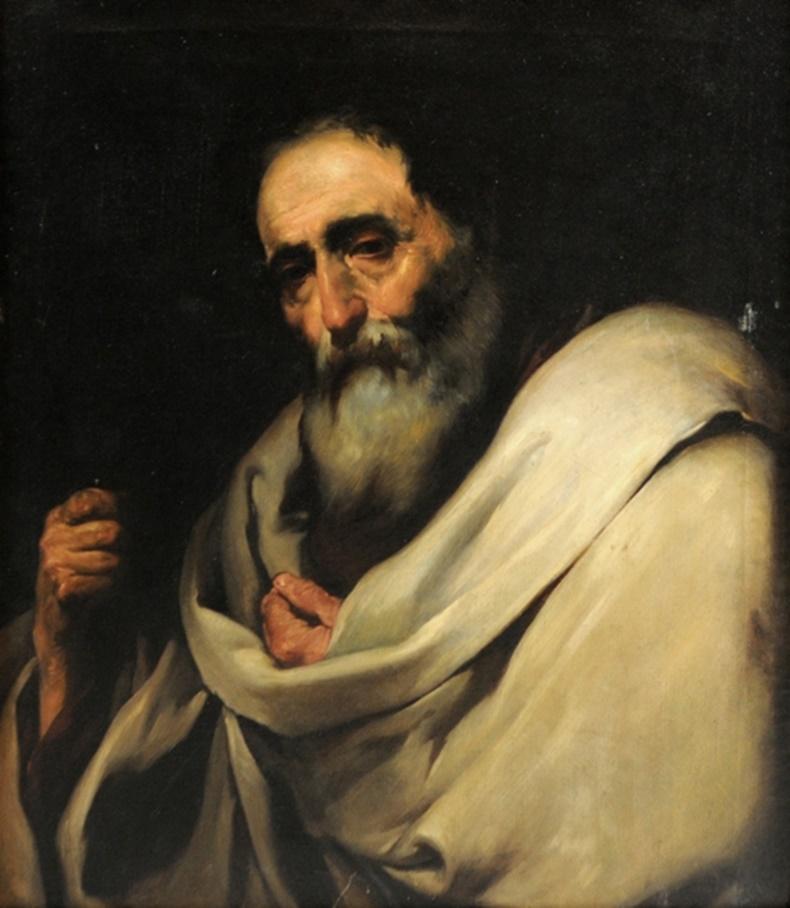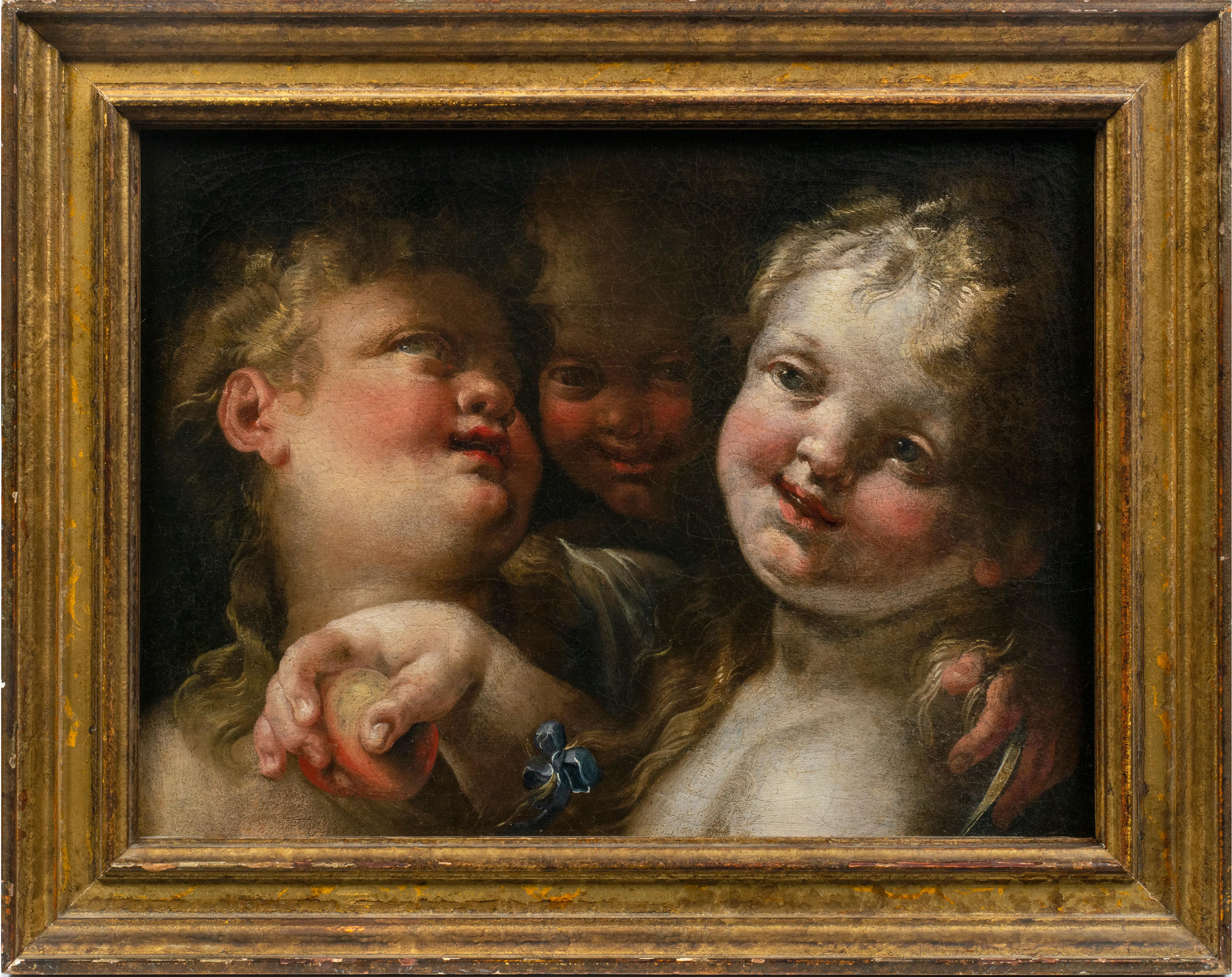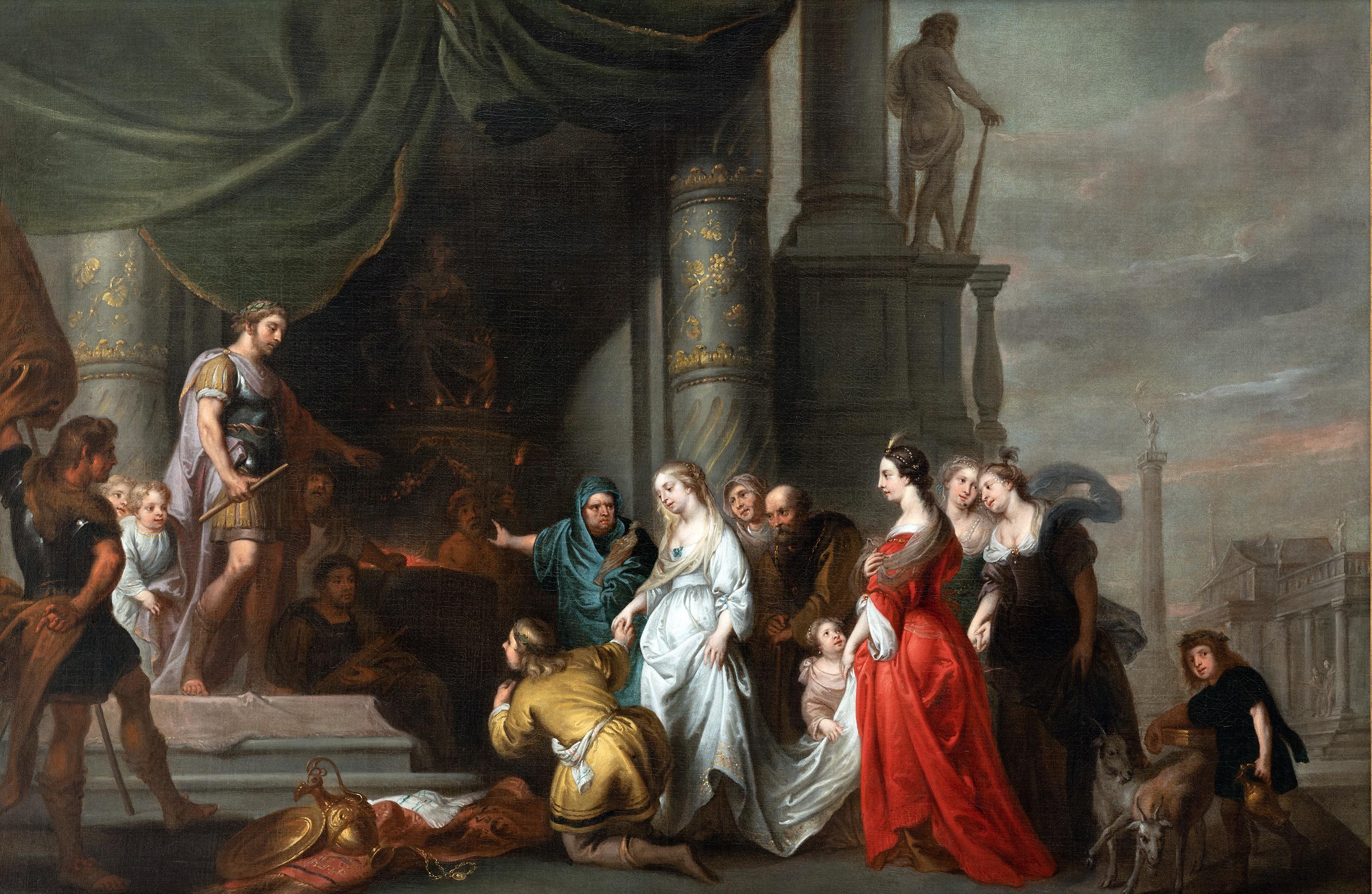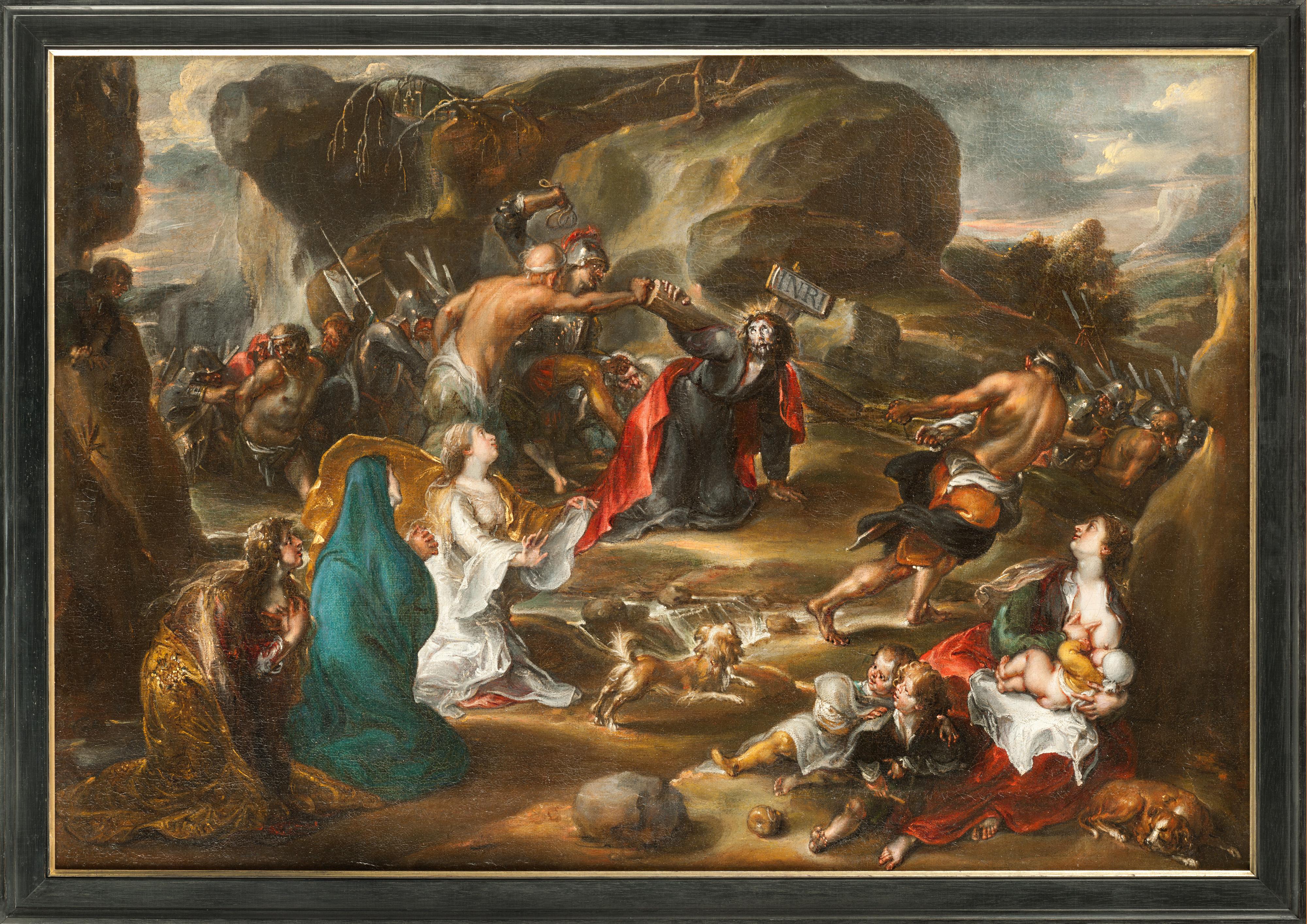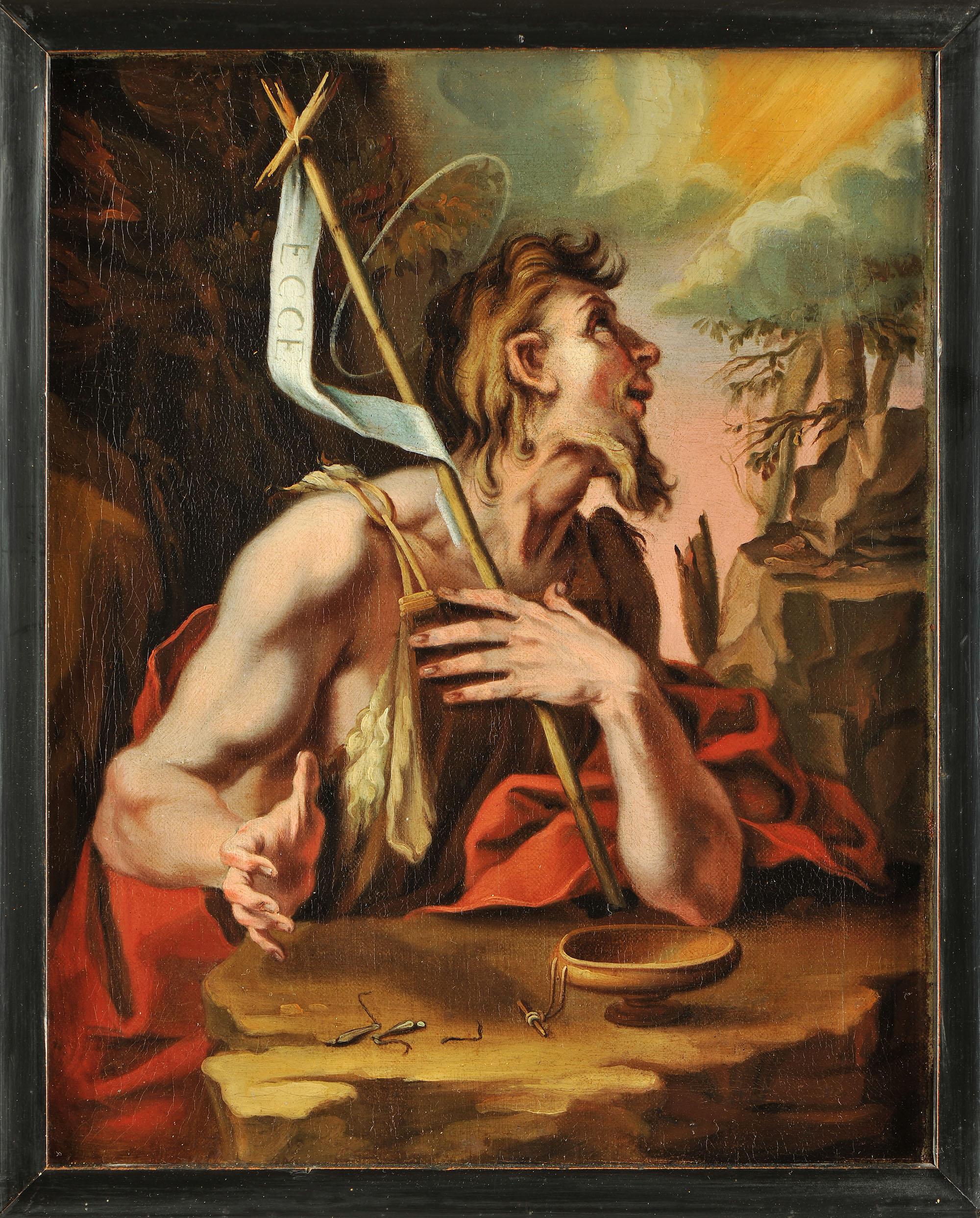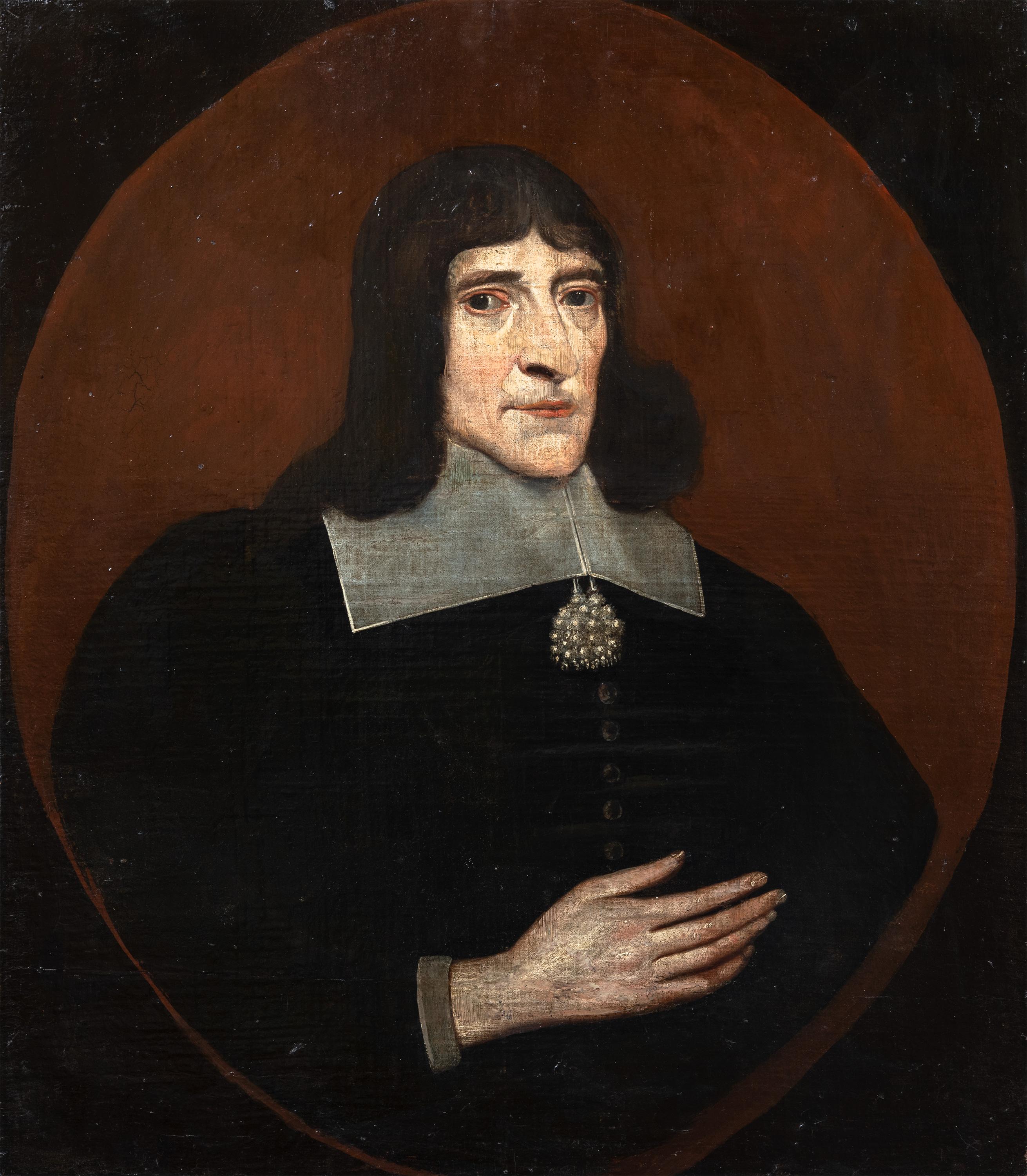Items Similar to 1760 Flemish Baroque oil painting. Romantic scene. Signed and dated.
Want more images or videos?
Request additional images or videos from the seller
1 of 12
Jan Josef Horemans the Younger1760 Flemish Baroque oil painting. Romantic scene. Signed and dated.1760
1760
About the Item
Flemish Baroque painting. Romantic scene. Signed and dated.
J. HOREMANS 1760.
This 100% authentic painting captivates with its powerful colors.
A real eye-catcher.
Dimensions without frame.
From private collection - Authenticity is guaranteed without a doubt.
From Wikipedia, the free encyclopedia:
Jan Josef Horemans the Younger (baptised 15 January 1714 - 9 February 1792) was an 18th-century Flemish painter. He is mainly known for his genre scenes but also painted harbor views, equestrian paintings, portraits and still lifes.
Jan Josef Horemans the Younger was born in Antwerp as the son of Jan Josef Horemans the Elder and Maria-Fransisca van der Voort. He was likely a pupil of his father, a prolific genre painter.
Jan Josef Horemans became a master of the Guild of St Luke in Antwerp on 10 February 1767 and was dean of the Guild on two occasions (1768–9 and 1775–6). He was also a member of the Antwerp Academy.
In 1788 he was the co-founder of a society of artists known as the Genootschap ter aanmoediging der Schoone Kunsten ("Society for the encouragement of the fine arts'), known under its short form as the Konstmaatschappij (the 'Art Society'). Other founders included Hendrik Frans de Cort, Pieter Faes, Miss Herry, Balthasar Paul Ommeganck, Ferdinand Verhoeven, Hendrik Aarnout Myin, Frans Balthasar Solvyns, Mattheus Ignatius van Bree, Maria Jacoba Ommeganck, Marten Waefelaerts and many others. The society's goal was to provide opportunities for the promotion and appreciation of the artworks of its various members in an informal setting. The first exhibition of the society was held in Antwerp in 1789. Horemans resigned as a member on 10 October 1791.
He was the teacher of Johan Herman Faber. He died in Antwerp.
Jan Josef Horemans was a flexible artist who painted genre scenes, harbor views, equestrian paintings, portraits and still lifes.[1]
Most typical are his interior scenes but he also painted a number of scenes of vendors selling their wares. Characteristic of his works are the sharply delineated figures.[4]
His genre scenes are regarded as promoting bourgeois virtues. Continuing in the steps of his father he recreated the atmosphere of his age in a multitude of small paintings that are pleasantly animated and have an old-fashioned charm. He also signed in the same way as his father, but his style was more distinguished and sensitive. His lighter palette earned him the nickname 'le clair'.
- Creator:Jan Josef Horemans the Younger (1714 - 1790, Flemish)
- Creation Year:1760
- Dimensions:Height: 44.1 in (112 cm)Width: 35.83 in (91 cm)
- Medium:
- Movement & Style:
- Period:
- Condition:
- Gallery Location:Berlin, DE
- Reference Number:1stDibs: LU98613215483
About the Seller
4.9
Gold Seller
These expertly vetted sellers are highly rated and consistently exceed customer expectations.
1stDibs seller since 2018
46 sales on 1stDibs
Typical response time: 3 hours
- ShippingRetrieving quote...Ships From: Berlin, Germany
- Return PolicyA return for this item may be initiated within 7 days of delivery.
More From This SellerView All
- Baroque Painting, Oil on Canvas. Princely Dance in the Castle with Violin Music.Located in Berlin, DEDecorative baroque painting, oil on canvas. Princely dance in the castle. Dimensions including frame 94 cm x 77.5 cm Dimensions without frame 79cm x 63cm.Category
19th Century Baroque Figurative Paintings
MaterialsCanvas, Oil
- Robert Friedrich Karl Scholtz. Portrait of a young lady. 1928. Oil on canvas.Located in Berlin, DEPortrait of a young lady. Oil on canvas. Signed and dated lower right. Dimensions with frame: 74 cm x 88 cm Without frame: 57.5 cm x 70.5 cm The painting has several paint chips an...Category
20th Century Expressionist Figurative Paintings
MaterialsCanvas, Oil
- Pair of decorative antique oil paintings, Portraits. 19th century.Located in Berlin, DEPair of decorative antique oil paintings, portraits. 19th century. Signed and dated. Dimensions with frame in cm EACH PAINTING 53 x 63Category
19th Century Portrait Paintings
MaterialsCanvas, Oil
- Antique Oil Painting by Prof. Carl Leopold Voss. "Becoming and passing away"Located in Berlin, DEExceptionally decorative painting by Professor Carl Leopold Voss. The painting shows the bitter truth of youth and life. Including various old docum...Category
19th Century Figurative Paintings
MaterialsCanvas, Oil
- Antique oil Painting by "Jordan". Oil on Canvas. Portrait of an old Gentleman.Located in Berlin, DEAntique oil painting by "Jordan". Oil on canvas. Portrait of an old gentleman. Dimensions with frame 55 cm x 61 cm. Dimensions without frame 34 cm x 4...Category
19th Century Figurative Paintings
MaterialsCanvas, Oil
- Oil Painting, 19th Century. Interior Scene with Family and dog. "The Alcoholic"Located in Berlin, DEOil Painting, 19th Century. Interior Scene with Family and dog. "The Alcoholic" Antique oil painting in museum quality. With a royal seal. Early 19th centu...Category
19th Century Figurative Paintings
MaterialsCanvas, Oil
You May Also Like
- Saint Bartholomew, Old Master, Oil Print, Ribera, Figurative Art, Spanish ArtBy Jusepe de RiberaLocated in Greven, DEOld Master An Oil Print after a Painting by Jusepe de Ribera in the Museo del Prado, Spain. This is an early print after the original.Category
20th Century Baroque Figurative Prints
MaterialsOil, Canvas
- Three AngelsBy Domenico Piola the ElderLocated in New York, NYProvenance: Robert L. and Bertina Suida Manning, New York, until 1996 Private Collection, USA One of the leading artists in Genoa during the second half of the seventeenth century, Domenico Piola came from a successful family of artists, renowned for their many illusionistic ceiling programs throughout Genoese churches and palaces. A prolific draughtsman and painter, Domenico oversaw an extremely productive studio. In addition to his collaborations with numerous other artists, Domenico also provided many designs for book illustrations and prints that circulated throughout Europe, earning him international exposure and high acclaim in his own day. As Dr. Anna Orlando has indicated (written communication), the present work is an early work by Piola, datable from the late 1640s. At this time the young artist came strongly under the influence of Castiglione and Valerio Castello, while admiring the works of Giulio Cesare Procaccini. Piola’s works from this period are exuberant and fluid, and the artist’s love of portraying children is evident from the angels and putti that populate both his altarpieces and more intimate paintings. The present work depicts three angels...Category
17th Century Baroque Figurative Paintings
MaterialsCanvas, Oil
- Continence of Scipio, Erasmus Quellinus, School Rubens, Baroque Art, Old MasterBy Erasmus Quellinus the YoungerLocated in Greven, DEErasmus Quellinus The Continence of Scipio Oil on Canvas The painting is included in the Catalogue Raisonné of the artist. The Roman commande...Category
17th Century Baroque Figurative Paintings
MaterialsOil, Canvas
- Christ Carrying the Cross, Old Master, Flemish, De Vos, Religious Scene, RubensBy Simon de VosLocated in Greven, DEThe scene of Christ carrying the cross is imagined in a rocky landscape. Two soldiers press the cross onto his shoulders, another leads him, holding the rope. A line of soldiers and prisoners moves from right to left. In front of them the three Marys kneel and pray for Christ. A nursing woman, symbol of Caritas, sits in the right foreground. Some dogs and playing kids enliven the scenery. Simon de Vos was born in Antwerp, and was first taught by Cornelis de Vos...Category
17th Century Baroque Figurative Paintings
MaterialsCanvas, Oil
- Fenzoni, Painting AND preparatorial Drawing, John the Baptist, Italy RenaissanceBy Ferrau FenzoniLocated in Greven, DEThe painting and the preparatory drawing are offered together. Provenance Private collection, Germany, Trier, c. 1980- 2013 Saint John the Baptist Brown ink and wash over red chalk on oatmeal paper 31 x 20.5 cm Inscribed: „Ferrau Fenzonio da Faenza invt. esque … imp. da Fran. Villamena …“. bears the collector's mark of Henry Scipio Reitlinger (1882-1950; Lugt 2274a) on a tiny label glued to the verso On the reverse is a partial drawing of a Pieta, pricked for transfer. Provenance New York, Doyle, 14. October 2015, No. 6 The painting and the preparatory drawing resemble the composition of an engraving after Ferraù Fenzoni by Francesco Villamena. Drawing, engraving and painting are almost identical, except for minor differences. Even the measurements nearly correspond: painting (32 x 25,5 cm), drawing (30 x 20,5 cm), engraving (31,1 x 23,5 cm). Dr. Guiseppe Scavizzi confirmed the attribution of the present panting to Fenzoni and he dates it to c. 1590. The inscription on the drawing reads “Ferrau Fenzonio da Faenza invt. esque. . . imp. da Fran: Villamena . . .”. The engraving’s inscription also lists place and date “Ferra Fensionius inventor/F. Villamoena sculpsit Rome/Aspectu fruitur… antra puer/cum Privilegio… 1613”. Interestingly, the engraving is not mirrored as it is in most printing processes. Painting, drawing and engraving are not reversed but the same. It is remarkable to note that there are further paintings by Fenzoni which were engraved in the same order and not reverted. They also show strong parallels regarding the compositions and the measurements (see for example “Deposition of Christ” ). Ferraù Fenzoni was an Italian painter mainly active in Todi. He is also called Il Faenzone after his birthplace (Faenza). He apprenticed in Rome during the papacy of Gregory XIII and contributed to numerous fresco cycles under pope Sixtus V, such as the Loggia della Benedizioni in the Lateran Palace, the frescoes on the walls and vaults of the Scala Santa of the adjacent Basilica of San Giovanni in Laterano, and the decoration in the Sistine library. His expressive canvases straddle the styles of Mannerism and Baroque. In 1594, he moved to Todi. A “Last Judgement” by him is housed in the cathedral of Todi. He returned to Faenza in 1599, where he decorated chapels in the cathedral from 1612 to 1616. In 1622, he completed a “Deposition”, now in the local Pinacoteca. In 1640, Fenzoni was named “cavaliere dello speron d’oro” by Cardinal Colonna and, on 25th April 1634, he was nominated vicar and “castellano of Granarolo”. Fenzoni‘s style is characterized by a mixture of the Mannerism of the Northern Netherlands and the Italian Baroque. Saint John the Baptist, Old Master, 17th Century, By Fenzoni, Religious Scene, Rome Art...Category
16th Century Mannerist Figurative Paintings
MaterialsCanvas, Oil, Handmade Paper
- 17th century English figure painting - Portrait nobleman - Oil on canvasLocated in Varmo, ITEnglish painter (17th century) - Portrait of a gentleman. 73.5 x 63.5cm. Oil on canvas, unframed. Condition report: Canvas applied on panel. Good state of conservation of the pict...Category
Mid-17th Century Baroque Portrait Paintings
MaterialsCanvas, Oil
Recently Viewed
View AllMore Ways To Browse
Antique Was
Antique Small Painting
Small Antique Paintings
Small Antique Painting
Romantic Oil Painting
Romantic Scene
Mid Century Signed And Dated Paintings
Antique Private Sign
Antique Small Oil Painting
Small Antique Oil Painting
Small Antique Oil Paintings
Society 6
Baroque Oil
Flemish Paint
Baroque Oil Painting
Flemish Paintings Century
Flemish Paintings
Flemish Style
